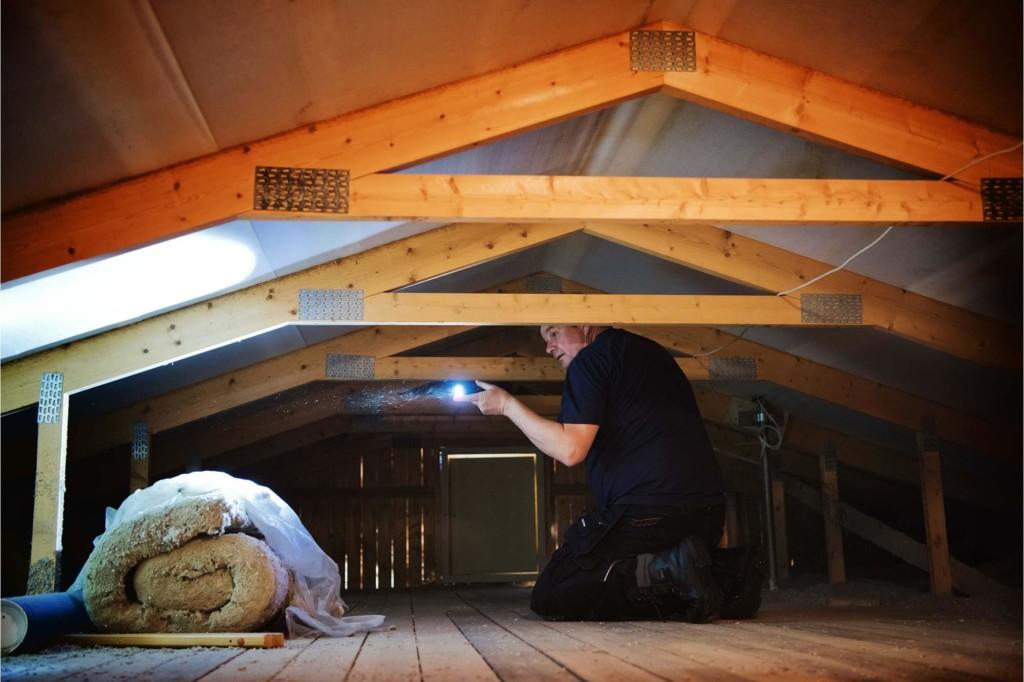How do you interpret a condition evaluation report?
The condition of a house usually needs to be evaluated, i.e. a condition inspection is necessary, when you are buying or selling a detached house. A Housing Trade Condition Evaluation is an excellent way of obtaining an objective opinion regarding the condition, repair needs and risks of a building. Furthermore, an inspected house is often easier to sell because the buyer knows what they are buying.
The condition inspector prepares a report on the inspection. Even though the inspector will attempt to be as clear and unambiguous as possible when preparing the report, reading the report may sometimes be difficult for a person who does not have any experience from the construction industry.
Condition evaluation reports are prepared in accordance with appropriate performance instructions
Condition evaluations and inspections are governed by YTM or the Joint Policy for Condition Inspections in Connection with Property Transactions (Asuntokaupan kuntotarkastuksien yhteinen toimintamalli). The policy was prepared in 2007 by a project managed by the Ministry of the Environment to standardise condition inspections. The policy includes instructions for the client and the condition inspector’s performance instructions.
Raksystems always performs its condition evaluations in accordance with the YTM performance instructions. The report is a key part of the condition evaluation, and there is more specific information on its content in the performance instructions. In addition to issues that must be covered in the report, the instructions also determine the style and tone of the report.
“Customers often ask me why the report did not applaud the fact that their home is in good condition. That is because of the performance instructions. The text must be kept brief and the tone must be declaratory. Using the adjective ‘good’ is therefore not recommended,” explains Kim Malmivaara, head of the Raksystems Condition Survey unit.
Which sections does a condition evaluation report include?
The condition evaluation report starts with a summary and the most important observations. Details of the building that was inspected, i.e. the site’s initial data, is also provided at the beginning of the report.
The summary includes general information about the site, information on any major renovations performed in the past, the most important inspection observations, underlying causes of any observed damage and recommended maintenance/repair actions. The most important observations are usually presented in the format of a table, which also indicates any maintenance actions, additional inspections, repair actions or renovation actions required because of each observation, as well as a reference to the section of the report in which the observation is discussed in more detail.
The next section in the inspection report is usually the observation section. This section presents all of the observations made during the site visit, divided into structural elements, rooms, structures and systems. The observations and the information obtained during an initial interview and from structural drawings of the site and other documents, as well as the age of the building and the results of a humidity survey, are used to prepare a damage risk assessment.
“The observation section is the core of the report. This is the section you should read with extra care, because it provides more information on what was observed during the site visit and any necessary further actions,” Malmivaara continues.
Further inspections proposed in the report are always justified
The most important purpose of an inspection report is to indicate the significance of observations and measuring results. If the significance cannot be reliably assessed, the condition inspector will recommend further surveys. Any limitations that were not observed until during the site visit may also be a reason why further surveys are recommended. For example, in many cases there is no access to the space below a ventilated timber floor, in which case further surveys of the structure are recommended.
The report always provides justification for any further survey needs. Any limitations and uncertainties are also presented in more detail in the inspection section.
If anything about the inspection or the report remains unclear, you should always contact the condition inspector directly. The person who performed the inspection is always the best person to interpret the report. Sometimes when a customer has a question about the report, they contact the real estate agent who – in many cases – was not even present during the site visit. The inspector’s contact details can be found at the end of the report.



